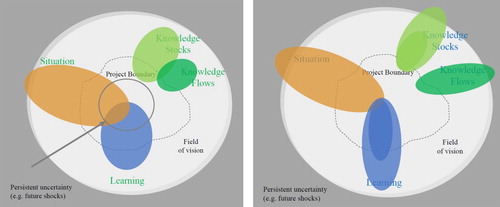Figures & data
Figure 1. Conceptual map of the three outcome spaces (1. situation, 2. knowledge and 3. learning) indicating a transdisciplinary project within our field of vision that is itself embedded in the broader landscape (Source: Mitchell et al. Citation2015, p. 91 with permission).
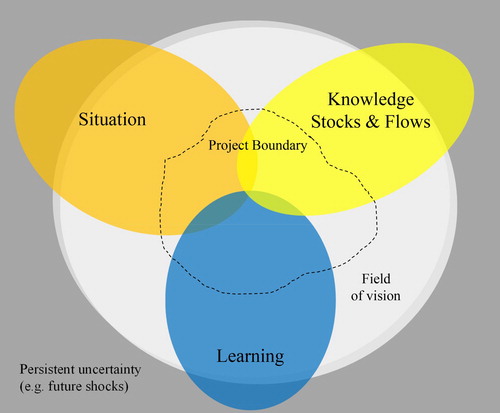
Figure 2. Example of outcome spaces profile: representing differences in investment across outcome spaces (Source: Created by D. Fam).
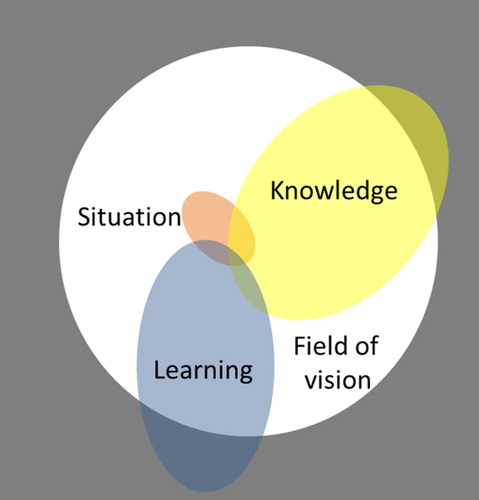
Figure 3. OSF+ with revised outcomes spaces framework delineating knowledge stocks from knowledge flows (Source: Created by D. Fam).
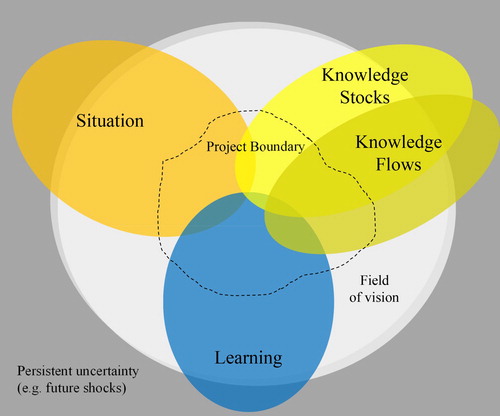
Figure 4. Example of template used at workshop by participants to map outcome spaces of their respective Challenge (Source: Created by D. Fam).
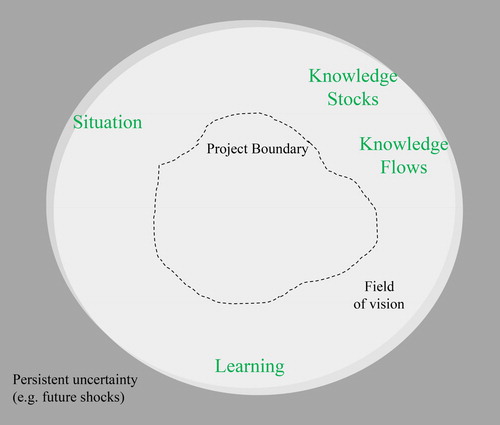
Figure 5. Challenge A perceived outcomes: Intended (left) and Actual (right) outcome spaces. Knowledge broker profile and a catalyst theory of change.
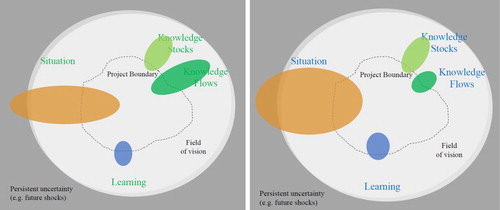
Figure 6. Challenge B perceived outcomes: Intended (left) and Actual (right) outcome spaces. Knowledge deficit theory of change.
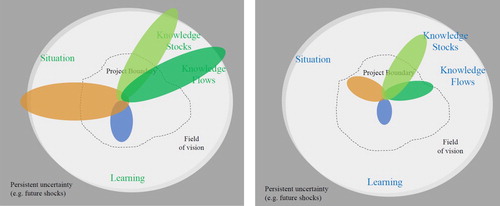
Figure 7. Challenge C perceived outcomes: Intended (left) and Actual (right) outcome spaces. Active engagement theory of change.

Figure 8. Challenge D perceived outcomes: Intended (left) and Actual (right) outcome spaces. Collaboration theory of change.
